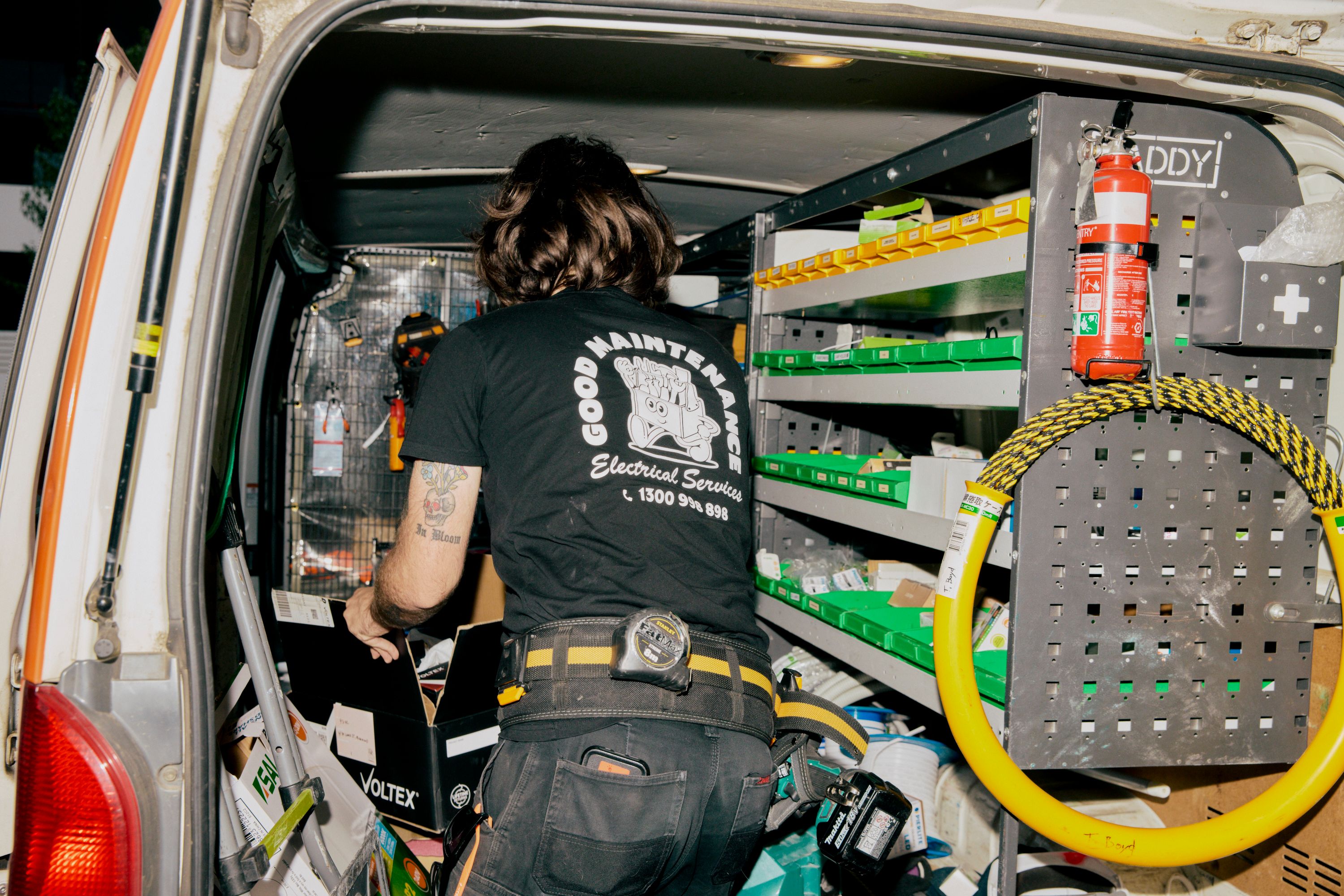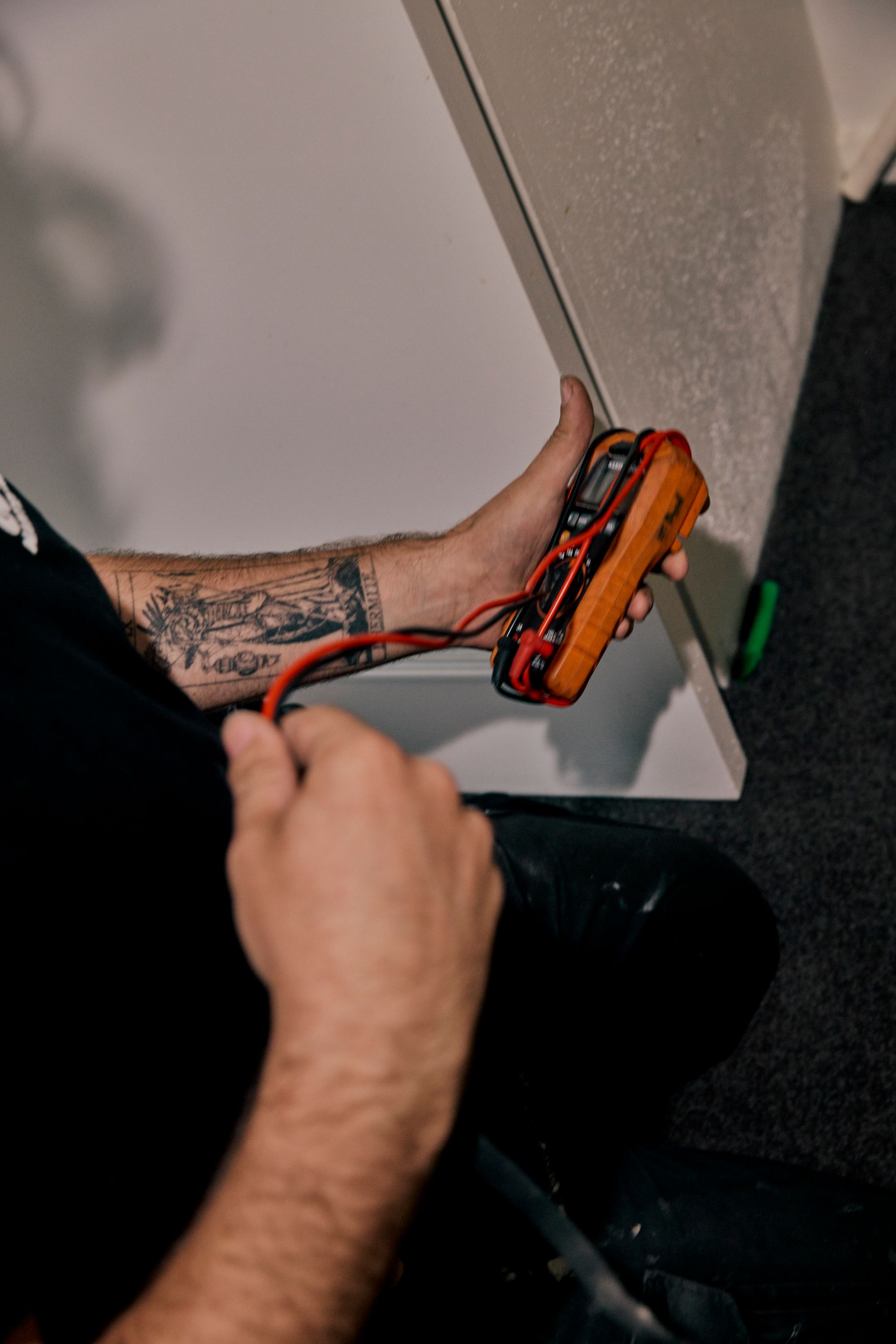Power Point Not Working? Troubleshooting & Safety
Ever plug in your phone charger or kettle only to find the power point's completely dead?

While it's tempting to start poking around or calling an electrician straight away, there's actually a logical approach you can take to figure out what's going on, and more importantly, when to step back and call in the professionals.
Start simple by ruling out the obvious
Before you start worrying about major electrical faults, let's check the most common culprit: your appliance. Grab that device that's not working and plug it into a different power point you know is functioning. If it springs to life, the problem's with your original outlet or its circuit.
If it's still dead, chances are your appliance has carked it. To double-check, find something you know works (like a phone charger) and test it in the suspect power point. This simple swap test saves you from unnecessary panic and gives you a solid starting point for your detective work.
Once you've ruled out a dodgy appliance
Is it just one lonely power point that's given up the ghost, or are multiple outlets in the same room (or even different parts of the house) all playing dead? This distinction is crucial because it tells you whether you're dealing with a localised hiccup or a broader circuit issue.
If multiple outlets have lost power simultaneously, you're likely looking at a circuit-wide fault that's triggered one of your home's protective devices. Time to head to your switchboard.
Investigating your switchboard
Your switchboard (usually tucked away in the garage, laundry, or mounted outside) is where all the action happens. This is home to your circuit breakers and safety switches. These guys protect your home from electrical fires and, more importantly, protect you from electric shock.
Have a careful look for any switches that have flipped to the "off" position. Circuit breakers are simple on/off switches without any buttons, while safety switches have a "T" or "Test" button on them. A tripped one often explains why your power points are dead but your lights are still working, as they're usually on separate circuits.
The right way to reset
Found a tripped switch? Don't just flip it back on and hope for the best. There's a proper sequence that prevents immediate re-tripping and helps identify the real problem:
- Turn off all your circuit breakers. This stops any faulty device from immediately causing trouble again.
- Switch your switch back to "On."
- Turn your circuit breakers back on one by one, starting with the essential ones.
If we trip again straight away, you've got a deeper issue that needs some detective work.
The isolation game
When your safety switch keeps tripping, it's time for the isolation test. Unplug everything from the affected circuit and reset your switch and circuit breaker, then plug your appliances back in one at a time. The device that causes the switch to trip again is your culprit.
That appliance needs to be repaired or replaced because it's creating a dangerous fault. This systematic approach often solves simple problems like overloaded circuits or identifies faulty appliances. More importantly, it shows you when you've reached the limits of safe DIY troubleshooting.
When to back away and call our pros
A power point or switch that feels warm or shows scorch marks is a fire hazard. That heat means electrical current is meeting resistance and generating dangerous temperatures. Similarly, any burning or smoky smell around outlets or your switchboard means insulation is already burning.
Unusual sounds like buzzing, crackling, or sparking are another immediate fire risk that can't be ignored. A circuit breaker or safety switch that repeatedly trips or refuses to reset is your electrical system's way of protecting you from a serious fault. Respect that protection and don't try to force it or work around it.
Prevention beats reaction
The smartest approach to electrical safety is preventing problems before they occur. Test your safety switch quarterly using the "Test" button (they should trip immediately). Keep your switchboard area clear with at least a metre of space around it. Check visible power cords monthly for damage or wear.
For homes over 25 years old, annual professional inspections are particularly important. Older wiring systems can develop invisible faults that only trained eyes can spot.
Call Good Maintenance for your electrical needs today
Your home's electrical system is designed to communicate with you through its safety devices. Learning to interpret these signals keeps your family safe and your home secure. When in doubt, always err on the side of caution and call a Good Maintenance licensed electrician for help.
Related articles
If it's making noise, something's gone wrong.

Your family's safety is crucial and worth more than any perceived savings from DIY work. Learn more about your home's electrical safety requirements.

How good's electricity! But behind all that convenience lies a system that demands respect and proper maintenance.
